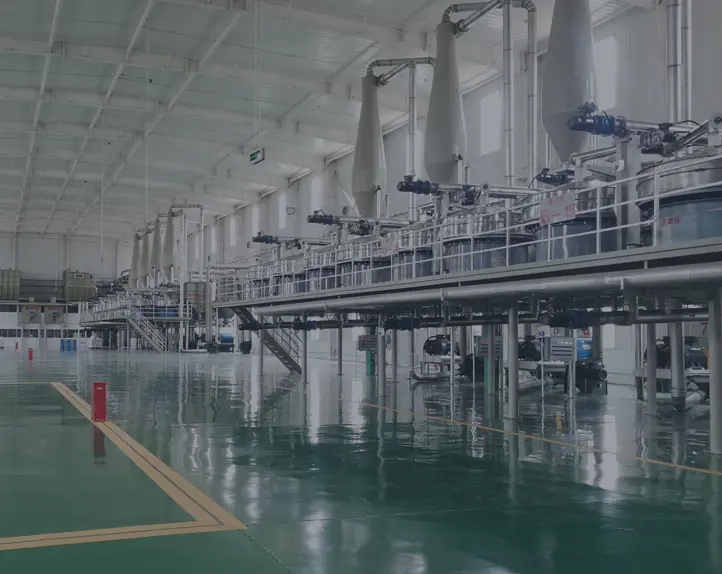
Dàmh . 13, 2024 19:03 Back to list
cement bonding additive
The Role of Cement Bonding Additives in Modern Construction
Cement has been a fundamental material in construction for centuries, forming the backbone of structures from homes to bridges. However, with the evolution of building practices and increased demand for durability, the introduction of cement bonding additives has revolutionized the industry. These additives enhance the performance and longevity of cement-based materials, making them an integral component in modern construction.
Cement bonding additives are specifically designed to improve the adhesion properties of cement when mixed with aggregates, water, and other components. These additives typically consist of polymers, silica fume, or other specialized chemicals that modify the physical and chemical properties of the cement paste. The main benefits of these additives include improved bonding strength, increased flexibility, and enhanced resistance to environmental factors such as moisture and temperature variations.
One of the most significant advantages of using cement bonding additives is their ability to improve the bonding between new and existing concrete surfaces. This is particularly important in repair and renovation projects, where the integration of new material with aging structures is crucial for ensuring stability and strength. The use of bonding additives minimizes the risk of delamination and cracking, which can occur when new layers do not adhere properly to old surfaces.
cement bonding additive

In addition to improving adhesion, bonding additives can enhance the workability of the cement mixture. Many of these additives allow for better flow and spreadability, making application easier and more efficient. This can lead to reduced labor time and costs, which is a significant consideration in any construction project. Furthermore, improved workability often results in a smoother finish, enhancing the aesthetic appeal of the final product.
Environmental sustainability is another essential factor in construction today, and cement bonding additives contribute positively in this regard. Many of these products are designed to reduce the carbon footprint of cement production by incorporating industrial by-products, such as waste glass or fly ash, into their formulations. This not only lowers the environmental impact but also promotes recycling within the industry.
However, while there are numerous benefits to using cement bonding additives, it is essential to select the right type for each specific application. Factors such as the existing materials, environmental conditions, and the intended use of the structure must be considered to optimize performance.
In conclusion, cement bonding additives play a vital role in enhancing the quality and longevity of cement-based materials in modern construction. Their ability to improve adhesion, workability, and sustainability makes them indispensable in today’s building practices. As the construction industry continues to evolve, the importance of these additives will only grow, paving the way for stronger, more durable structures that meet the demands of the future.
-
The Widespread Application of Redispersible Powder in Construction and Building Materials
NewsMay.16,2025
-
The Widespread Application of Hpmc in the Detergent Industry
NewsMay.16,2025
-
The Main Applications of Hydroxyethyl Cellulose in Paints and Coatings
NewsMay.16,2025
-
Mortar Bonding Agent: the Key to Enhancing the Adhesion Between New and Old Mortar Layers and Between Mortar and Different Substrates
NewsMay.16,2025
-
HPMC: Application as a thickener and excipient
NewsMay.16,2025
-
Hec Cellulose Cellulose: Multi functional dispersants and high-efficiency thickeners
NewsMay.16,2025







